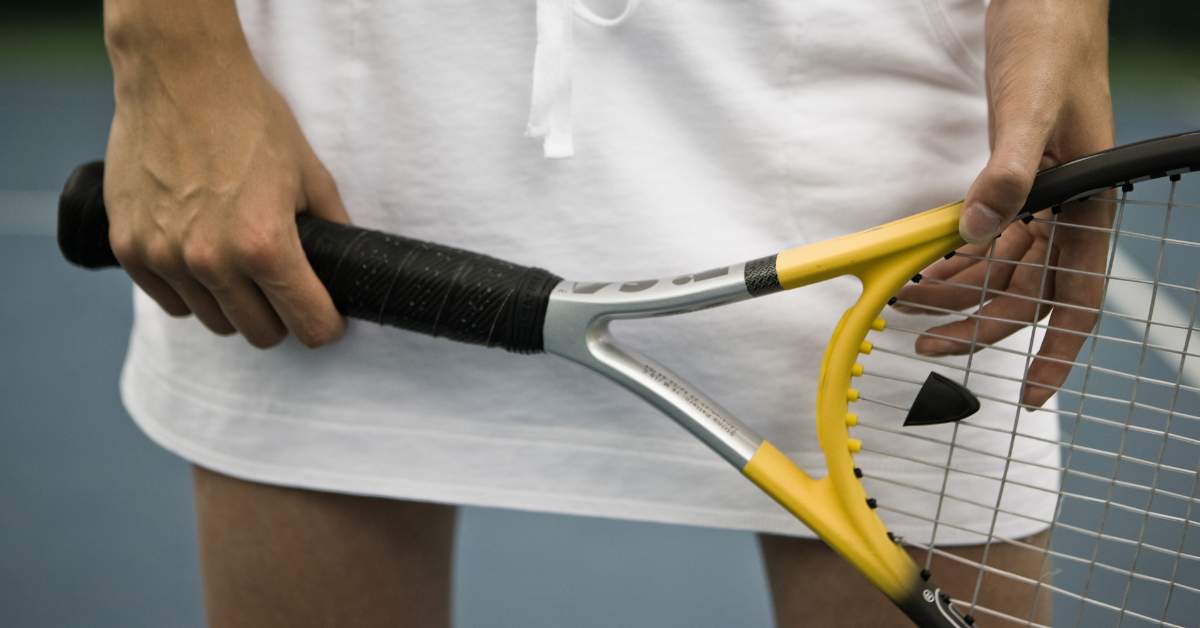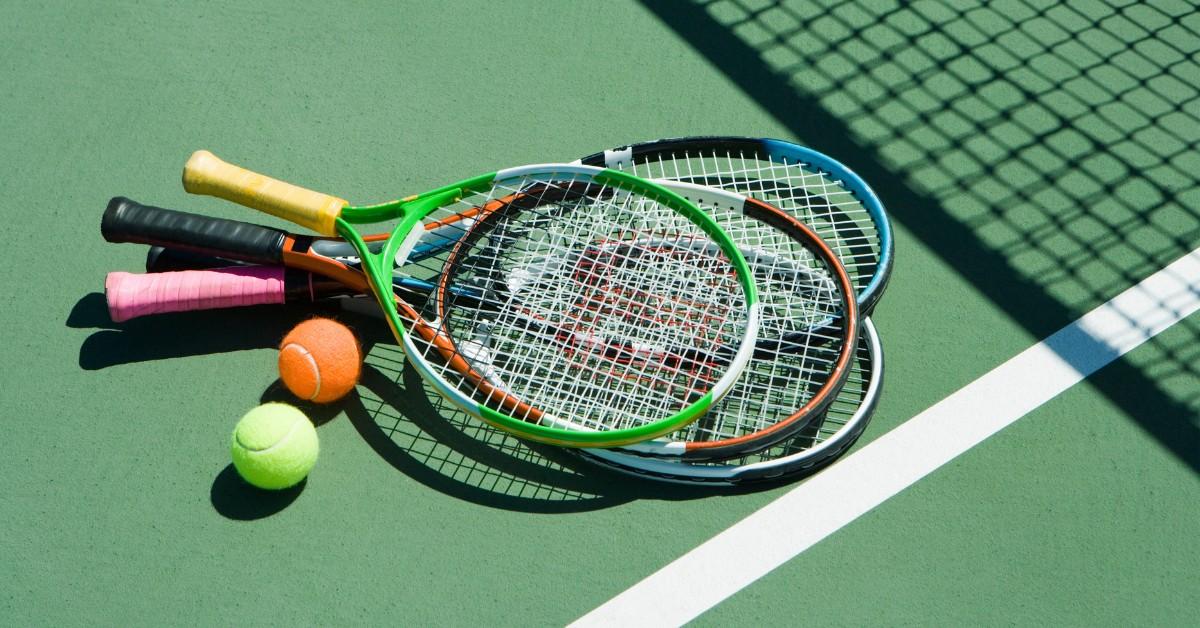Why Are Tennis Players Still Using Dangerous Lead Tape on Their Racquets?
Lead poisoning can have serious consequences.
Published Aug. 9 2024, 3:14 p.m. ET

Rafael Nadal of Spain applies tape to the handle of his racquet during a practice session ahead of the Australia Open tennis tournament in Melbourne on Jan. 17, 2020.
Tennis is a great way for even non-athletic folks to get outside, get moving, and to get their hearts pumping. And while this recreational activity is a great way to improve your health, one has to wonder whether those who opt to spend their time swinging a racquet on the tennis court would continue to feel as passionate about the sport if they knew the racquet they were holding in their hands contained toxic lead.
That's right, the lead tape that some tennis players use on their tennis racquets is made from lead, raising questions about why players would feel comfortable using the harmful heavy metal. Keep reading to learn more about the lead tape some use on their tennis racquets, including whether you need to worry about your lead exposure during your next round of doubles.

What is lead tape? And is it really made from lead?
The lead tape used on tennis racquets really is made from lead, as the name implies, and it's used for a variety of reasons.
Many athletes opt for this heavyweight tape when they're looking to adjust the balance of their racquet, using it to make different parts of the equipment feel heavier while they're playing. The tape is often applied to the head of the racquet to give one's swing more power, per the USTA, but some athletes may apply it to the racquet's handle as well.
According to the Tennis Fixation blog, the tape is made from lead strips, which have an adhesive backing to make it easier to stick them to your racquet.
But tennis players aren't the only ones using the weighted tape; it can come in handy for other sports as well, including pickleball.
Why is lead tape for tennis toxic?
Since the tape is made from real lead, it poses the same risks and dangers as any other type of lead exposure, including lead poisoning. Lead poisoning happens when lead builds up in your body over a period of time. There is no safe amount of lead exposure, and it can cause dangerous conditions in vulnerable populations, like children under the age of 6.
According to the Mayo Clinic, some symptoms of lead poisoning include:
- Difficulty learning and developmental delay
- Moodiness
- Weight loss or loss of appetite
- Fatigue
- Stomach pain, vomiting, and constipation
- Hearing loss
- Pica (an impulse to eat non-food items)
- Seizures
- Death.
Even the folks at My Tennis HQ suggest wearing gloves while applying lead tape, and avoiding contact with the material when possible. While this is manageable for those who apply lead tape to the head of their racquet, it could be difficult for those who apply the tape to the racquet's handle, which is why My Tennis HQ suggests using alternatives to the toxic material.

There are some lead-free tape alternatives to consider.
Tungsten tape is another way athletes and tennis players can manipulate the balance of their equipment without exposing themselves to lead. As the name suggests, the tape is made from using tungsten, which is actually a much denser material than lead, allowing you to use less of the tape to get the same results.
While the My Tennis HQ blog does not that tungsten is less pliable than lead, there are workarounds that will help make applying the tape to your racquet a little more painless.
Additionally, some people have tried using head tape — the tape some tennis players use to protect the head of their racquet from scratches and dents that can occur from accidental contact with the court — to secure free weights. Head tape is typically made from polyurethane.
Given the concerns associated with even the smallest amounts of lead exposure, it sounds like coming up with safe alternatives to using lead tape is a priority for many players. Fortunately, it seems like there are a few good options out there.